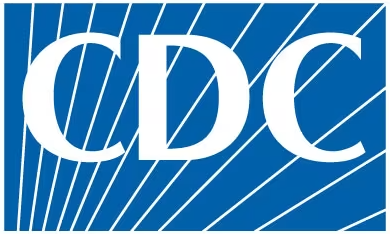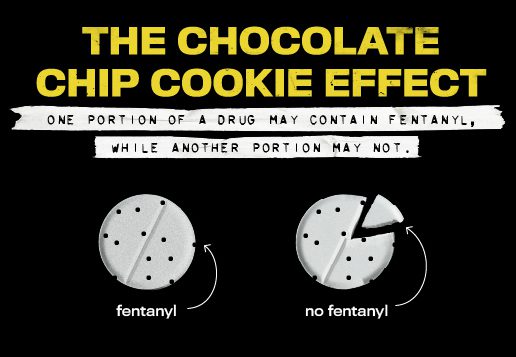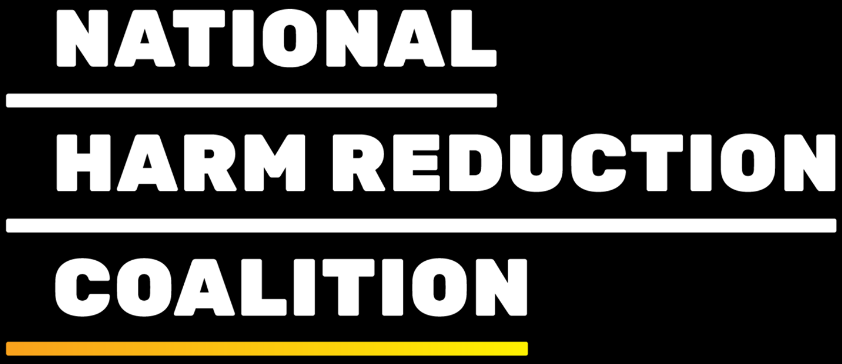Training
Equip your team with training and educational materials designed to enhance knowledge and skills for effective opioid abatement.
Supplies
Locate essential resources and supplies to support your programs, ensuring you have what you need for successful interventions.
Evidence
Leverage evidence-based practices and research to guide your strategies and measure the impact of your opioid abatement efforts.
Use Cases
Discover real-world examples and case studies of successful opioid abatement strategies implemented by others.
Harm reduction is an evidence-based way of responding to the physical, mental, and social effects of drug use. Harm reduction decreases overdoses, prevents infections such as HIV, Hepatitis B and C, and skin infections, and can help connect people who use drugs to recovery resources.
Harm reduction is broad and can include the following:
- Overdose prevention: Fentanyl testing strips, naloxone training and distribution, overdose education, and supervised consumption may prevent overdose and decrease rates of opioid mortality.
- Medications for opioid use disorder: Medications (most commonly buprenorphine or methadone) that help reduce withdrawal symptoms and cravings and can help people to decrease or stop opioid use.
- Syringe access programs: Locations (permanent and mobile) that both provide access to clean syringes, and enable people who use drugs to safely dispose of used syringes.
- Testing, vaccination, and treatment for diseases associated with injection drug use
Training and Educational Materials
Put Evidence Into Action
If you are aware of additional resources in this category, please reach out to our team.



















